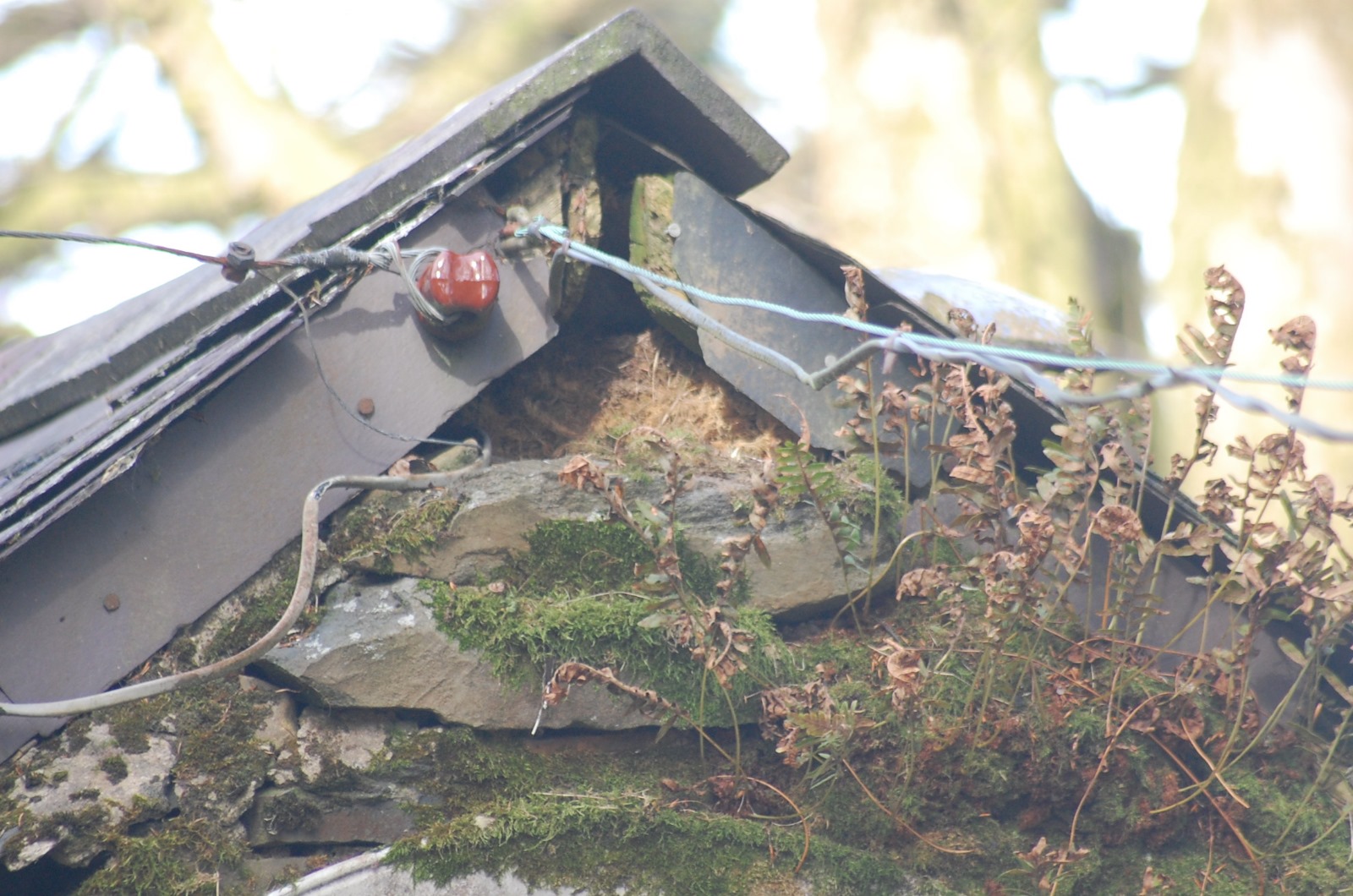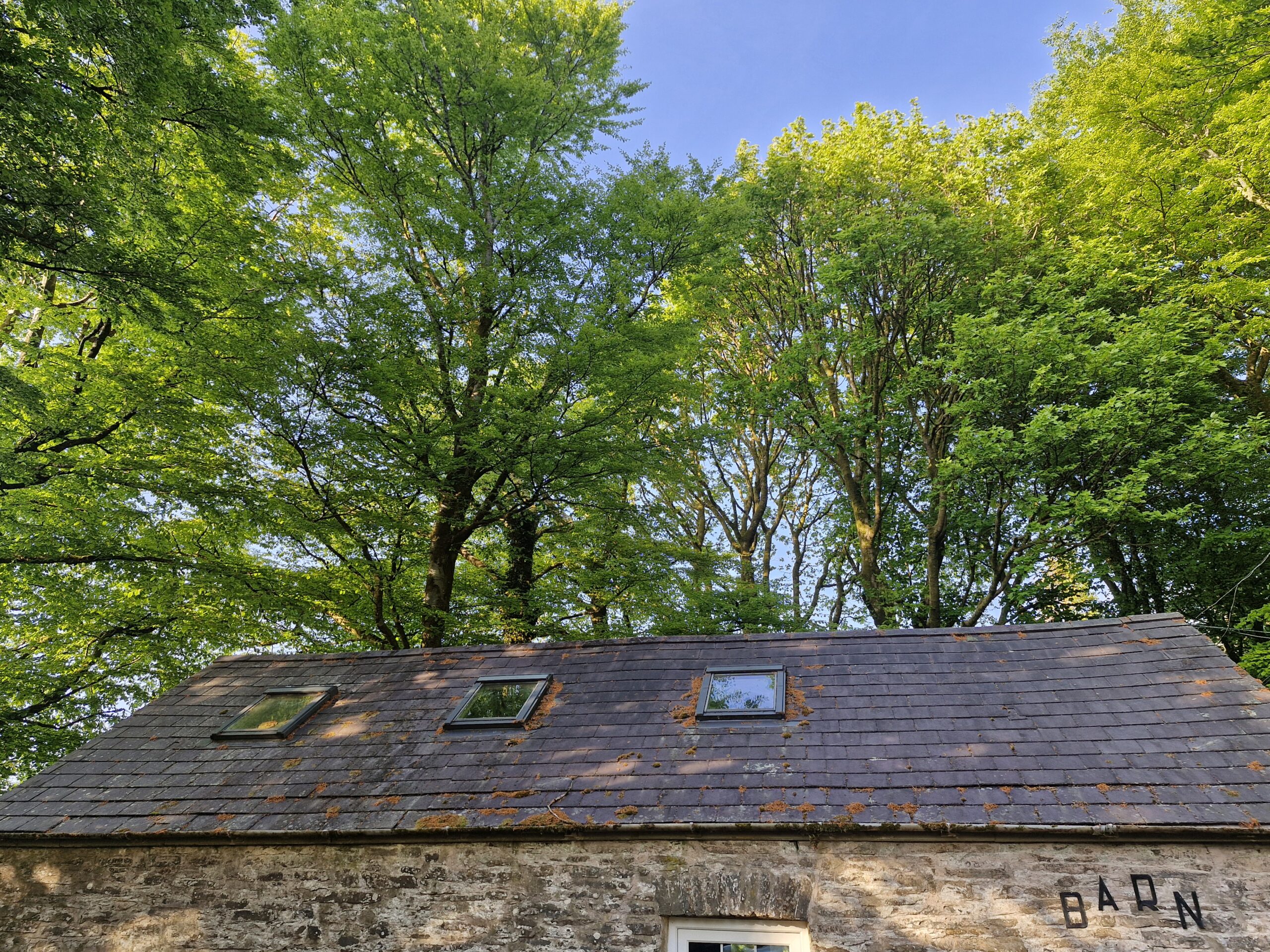Bat Surveys
As part of our barn redevelopment, we are looking to add a small extension which will require planning permission. As part of our planning application, we will need to submit a bat survey. Read on to learn a bit more about bat surveys and what they involve from my experience!
Why We Need Them
All bat species and their roosts are protected by law in Britain under the Wildlife and Countryside Act 1981. This means that you cannot do anything to deliberately disturb, injure or kill a bat, nor can you damage or destroy its roost. According to the Woodland Trust, there are 18 species of bat in the UK, some are considered endangered. While they may choose to roost in woods and trees, they could also look for roosting opportunities in our homes and outbuildings.
As a result, the UK Government dictates that local Councils should ask for a bat survey if a development proposal is likely to negatively impact upon bats or their roosting, foraging or commuting habitats. While the Government does appear to give some flexibility on the need for bat surveys, this is not my experience when it comes to the local Council level.
Here in Carmarthenshire, the Council are requiring everyone who submits a planning application to carry out a bat survey, regardless of the level of risk of bats roosting in the vicinity.
Bat Survey/PRA
If your local Council insists on a bat survey then you’ll need to find a qualified and competent person to undertake a Preliminary Roost Assessment (PRA). A word of caution here, I have heard a few horror stories regarding rogue surveyors who are working on a commission basis. If you need someone to carry out a survey for you, please look for local recommendations and check their work history and qualifications if you can. You want someone that will work with you, regardless of whether they find any signs of bats or not.
In a nutshell a PRA is looking for evidence of bat activity and roosting potential, both in the building you are looking to develop, but also the surrounding area. They will also consider the impact of the proposed development on bats. This means that as well as looking at the building, they will also consider the surrounding land and habitats.
Evidence of bat activity includes:
- Being able to see or hear bats present
- Looking for bat excrement or urine deposits
- Feeding remains
- Oily staining left on timbers and access points.
The PRA will then categorise your level of risk if your surveyor is following Bat Conservation Trust guidelines. It should also provide recommendations and next steps.
Our Survey
In our survey we are considered high potential. This is because the building and roof structure is somewhat dilapidated, leaving lots of little holes for bats to access the building. We also are surrounded by trees which provides further nesting and feeding opportunities. The surveyor also considered the plants we had on the land, noting that they encouraged insects, which the bats would feed on. There are also several records of bats within a 5km radius of the property.
Despite all of that, the surveyor found no evidence of bats at the property. The surveyor carried out a thorough inspection of the barn both inside and out, and had various camera equipment available to him to check in all the nooks and crannies where bats could be present. Bats are likely not present because the barn is located next to the house, where there is a lot of activity during the day. The barn has three roof windows which allows a lot of natural light in which the bats don’t like. The barn is also well used, so it doesn’t provide the bats with a quiet space where they would feel comfortable roosting.
Timelines and Next Steps
Bats hibernate during the winter, so ideally your PRA should be carried out between March and September when bats are active. Keep this in mind when you are looking at the timelines for your proposed development.
Expect your surveyor to provide you with a detailed report of what they assessed and what they found. This should also be backed up by photographic evidence. Don’t be afraid to review the surveyors report and go back to them if there are parts that you are not happy with.
If bats are found, then you will need an emergence survey carried out between May and September, which is peak mating and roosting season for bats. We’ll get to that in another blog.
Recommendations
Based on my own experience, I can recommend the following:
- Before you consider submitting a planning application or undertaking any work, be aware of whether you have any bats in the building you are proposing to develop and the surrounding area. Look for the evidence of bat activity described above!
- If you find evidence of bats, do not disturb them or their roosts.
- Look up your local Council’s position on bats on the planning section of their website before your PRA.
- Find a competent and trained surveyor or ecologist who can undertake the PRA for you – go off recommendations if you can and don’t pay anything upfront.
- Review the PRA and check you are happy with it before it is submitted to the Council.
- If you do have bats, you’ll need an emergence survey. Your current surveyor may not be able to assist with this, see if they are trained to undertake them. If not, find someone who can help – again go with recommendations!
- Don’t be afraid to ask your surveyor questions – work with them to find a solution.
Useful Links
UK Government Guidance: https://www.gov.uk/guidance/bats-advice-for-making-planning-decisions
Woodland Trust: https://www.woodlandtrust.org.uk/trees-woods-and-wildlife/animals/bats/
Bat Conservation Trust: https://www.bats.org.uk/


